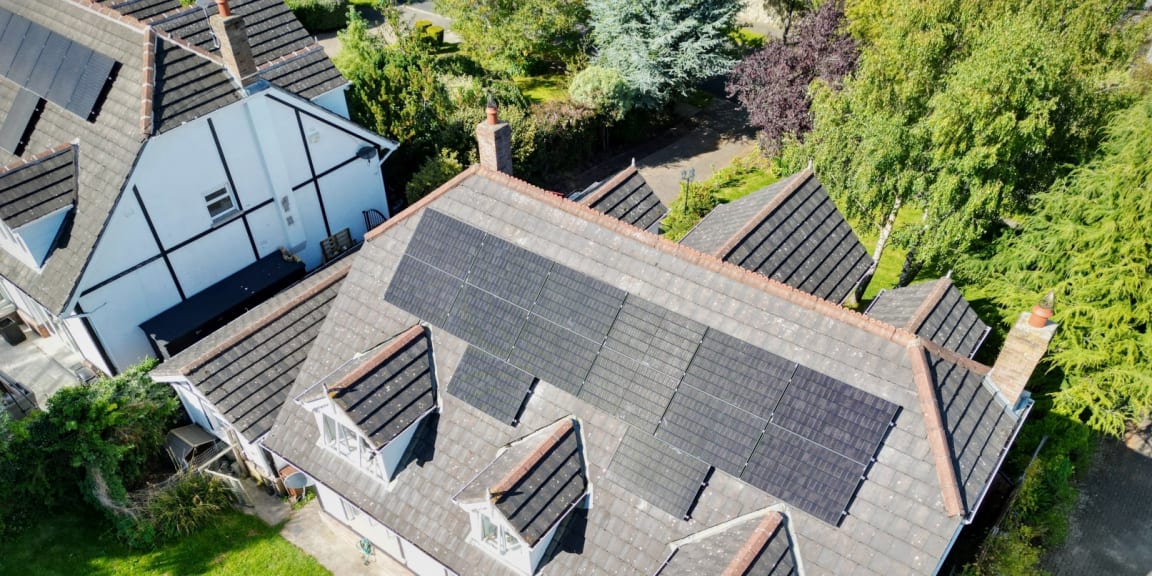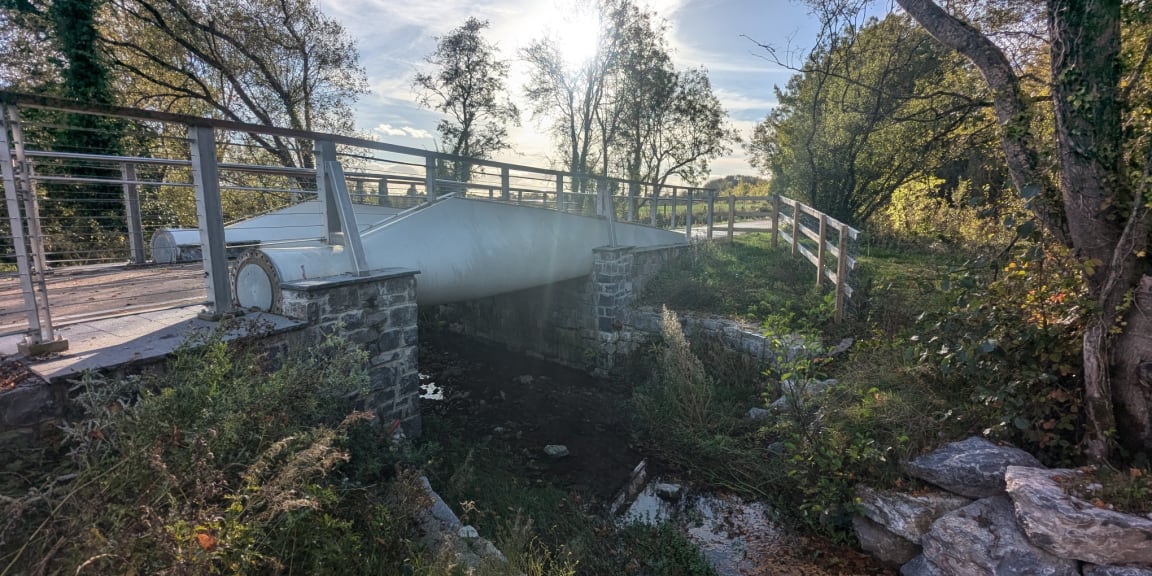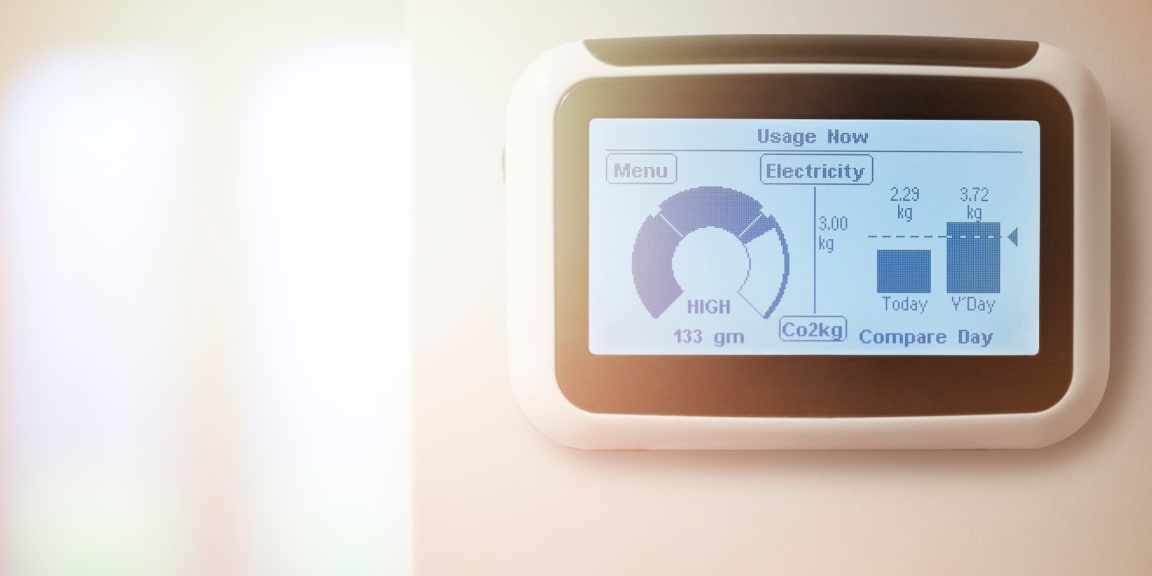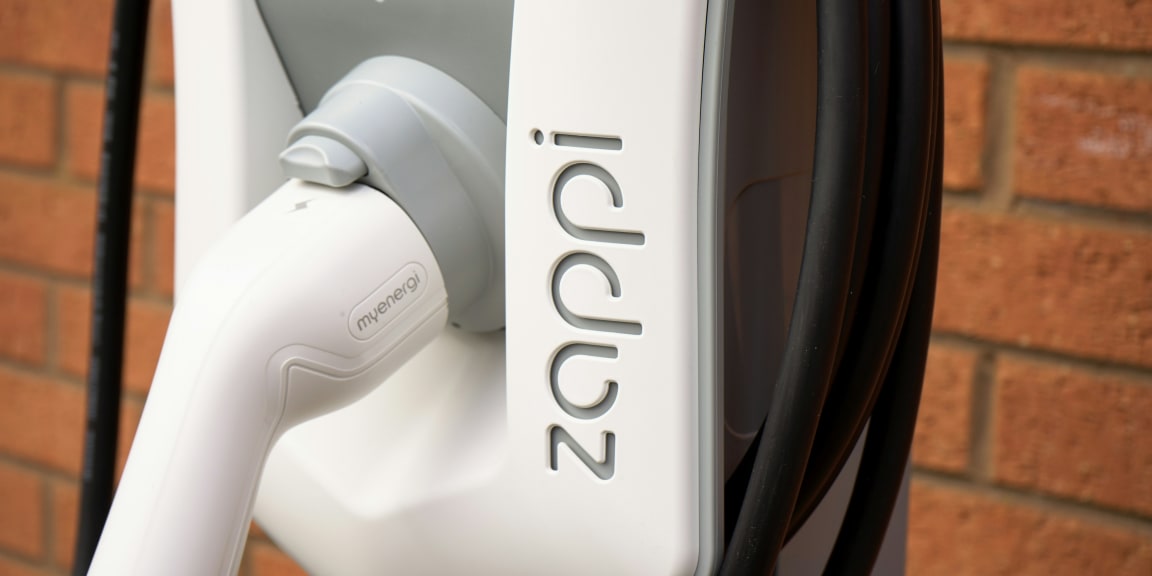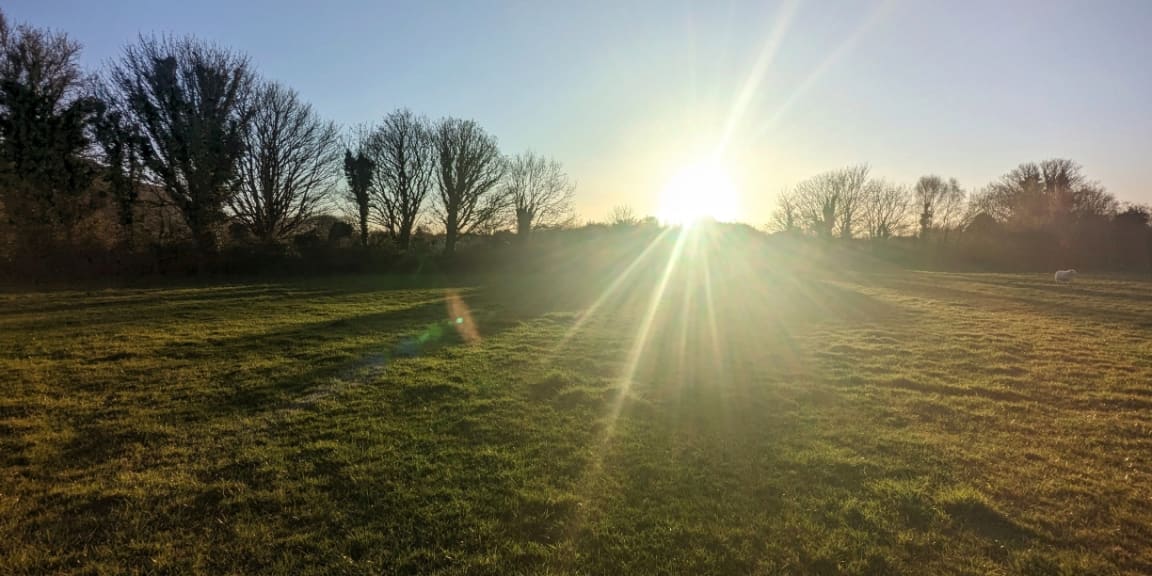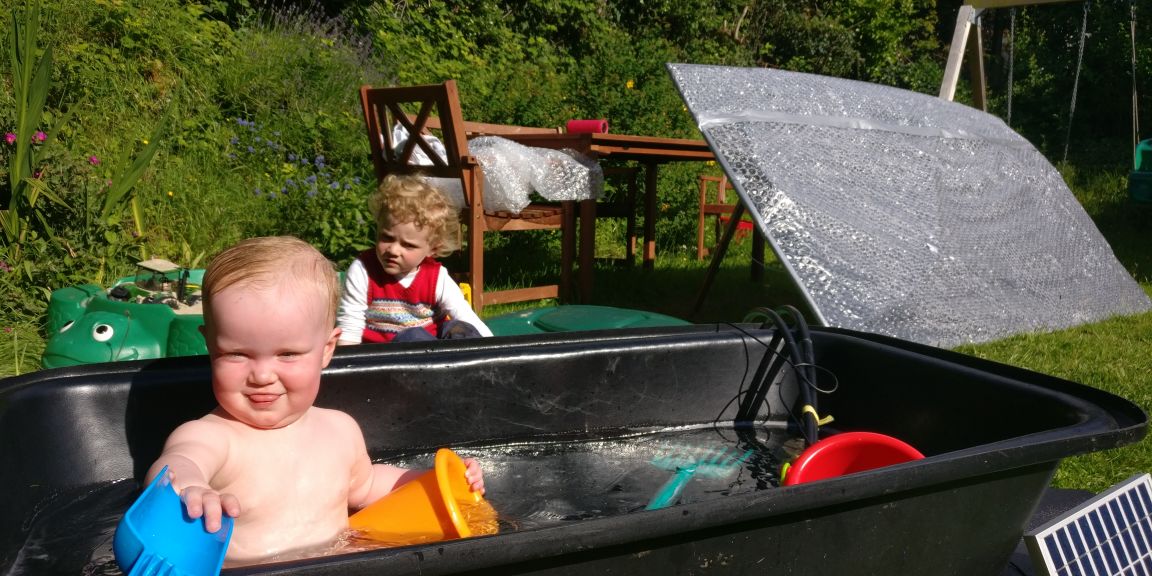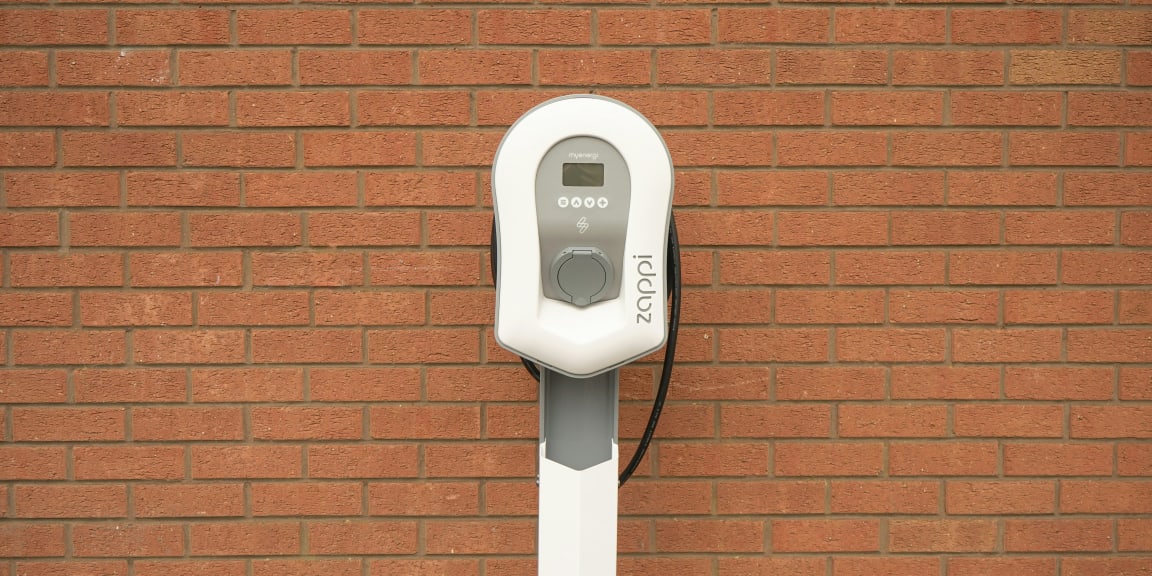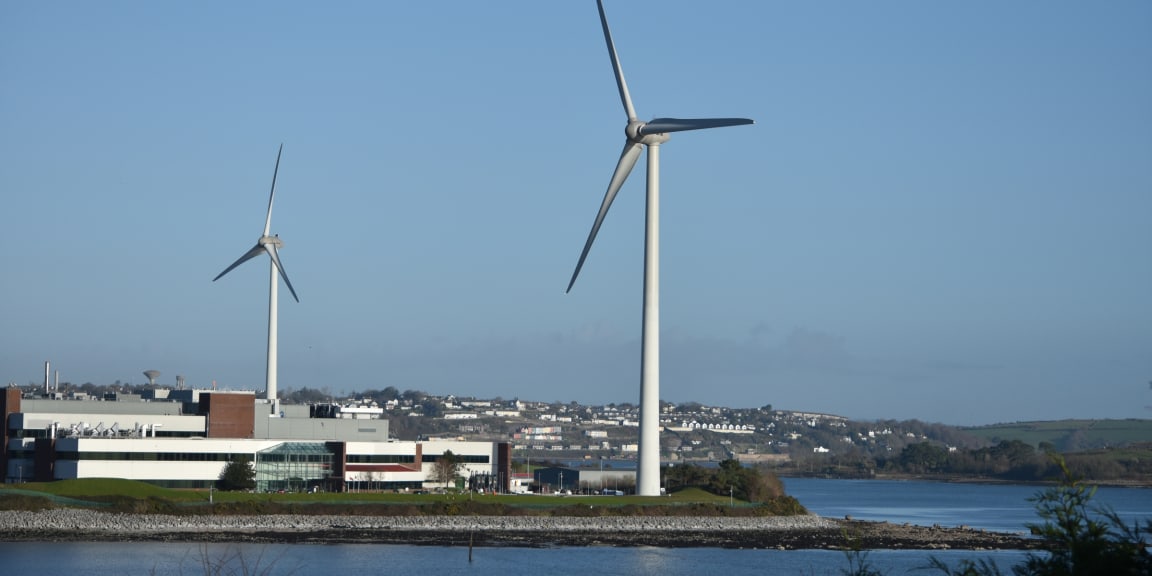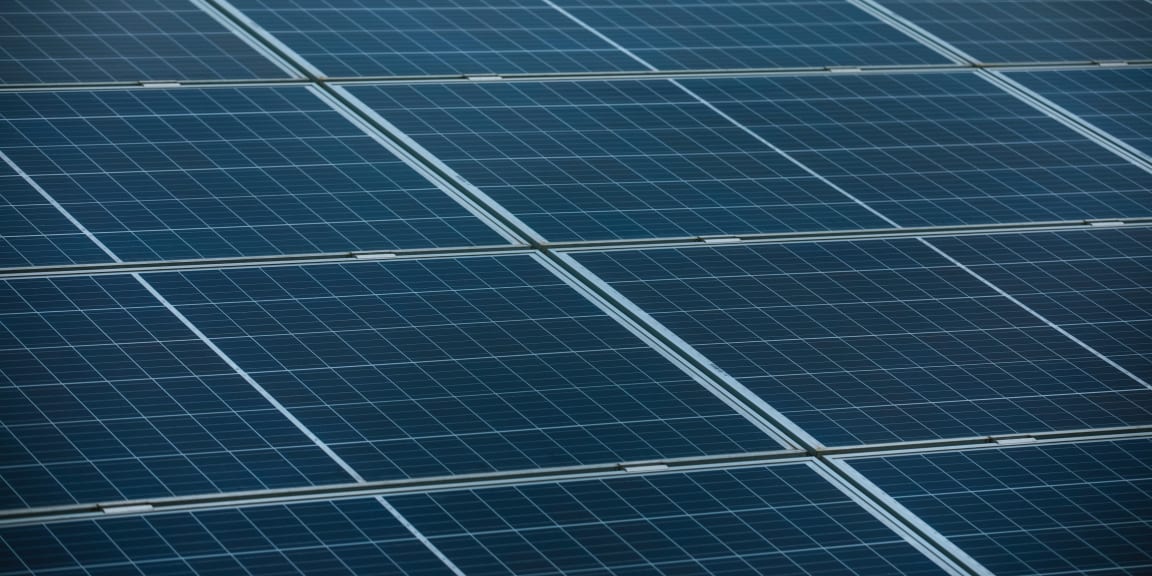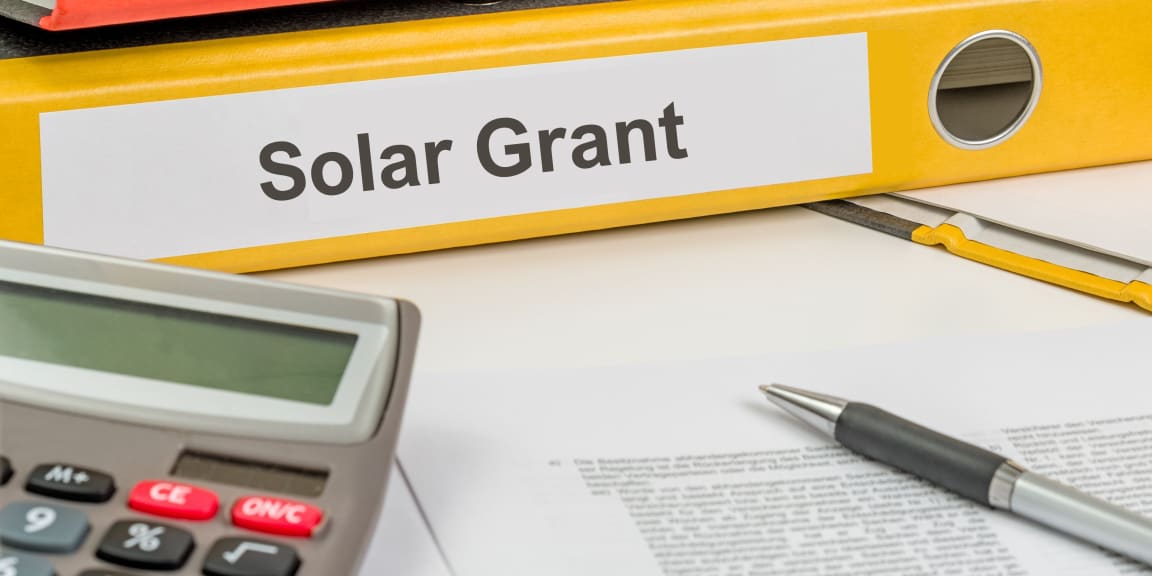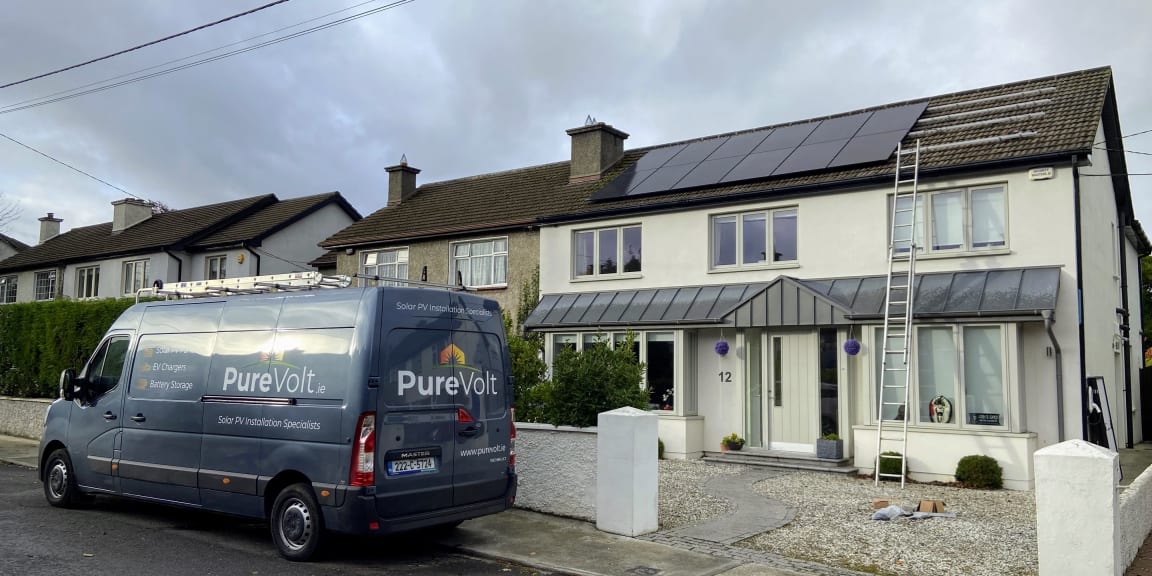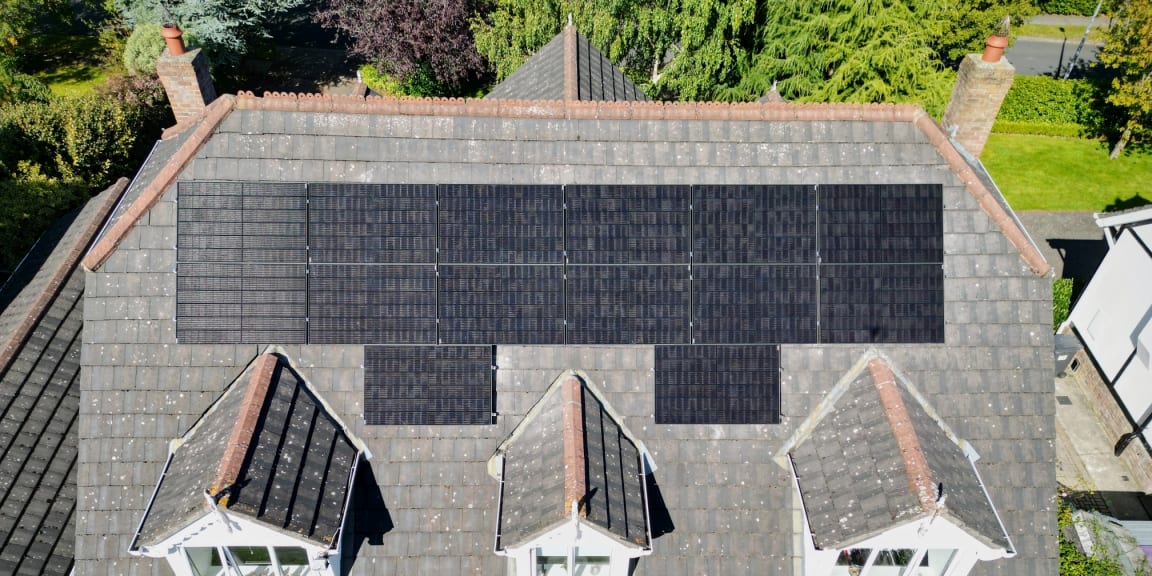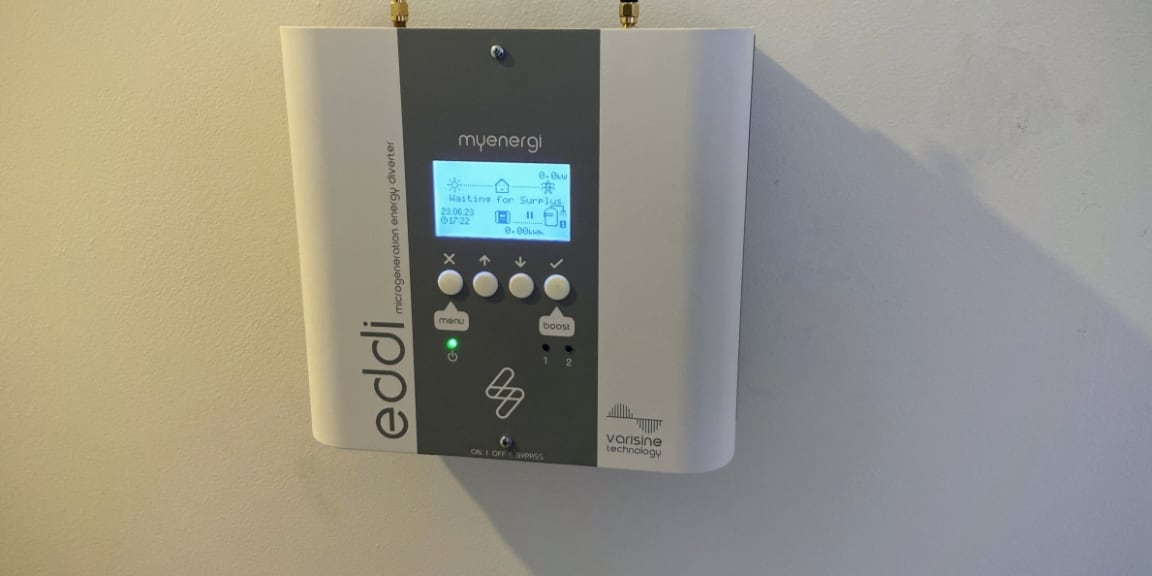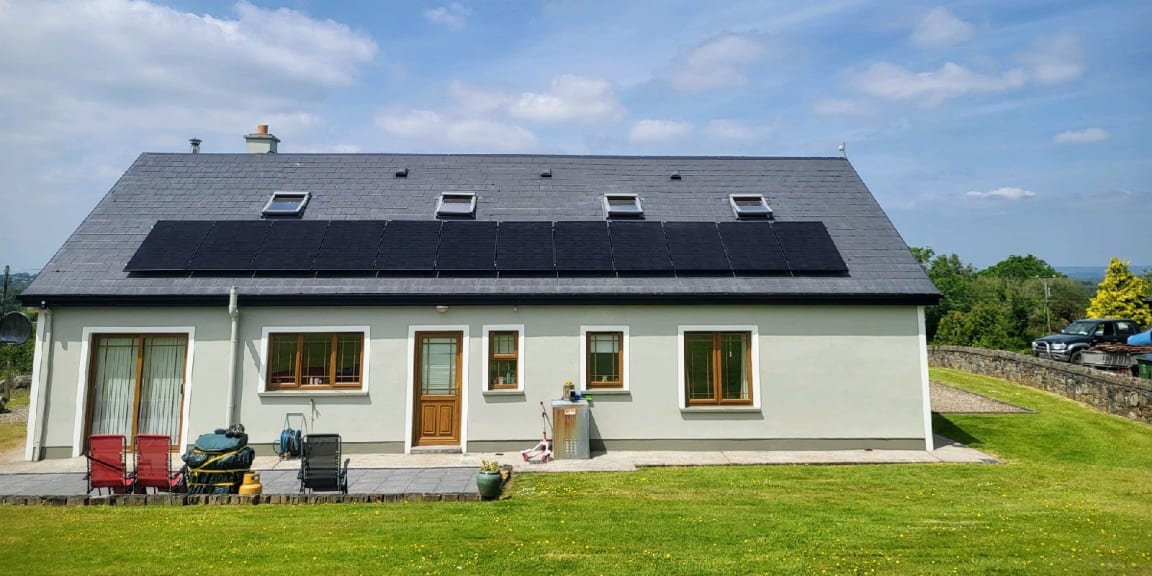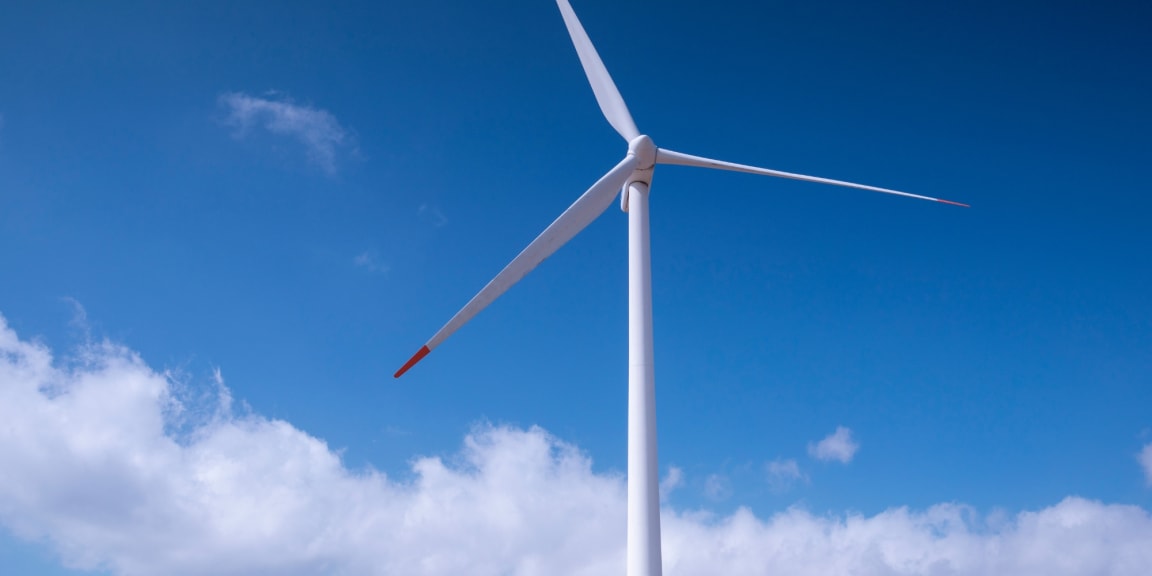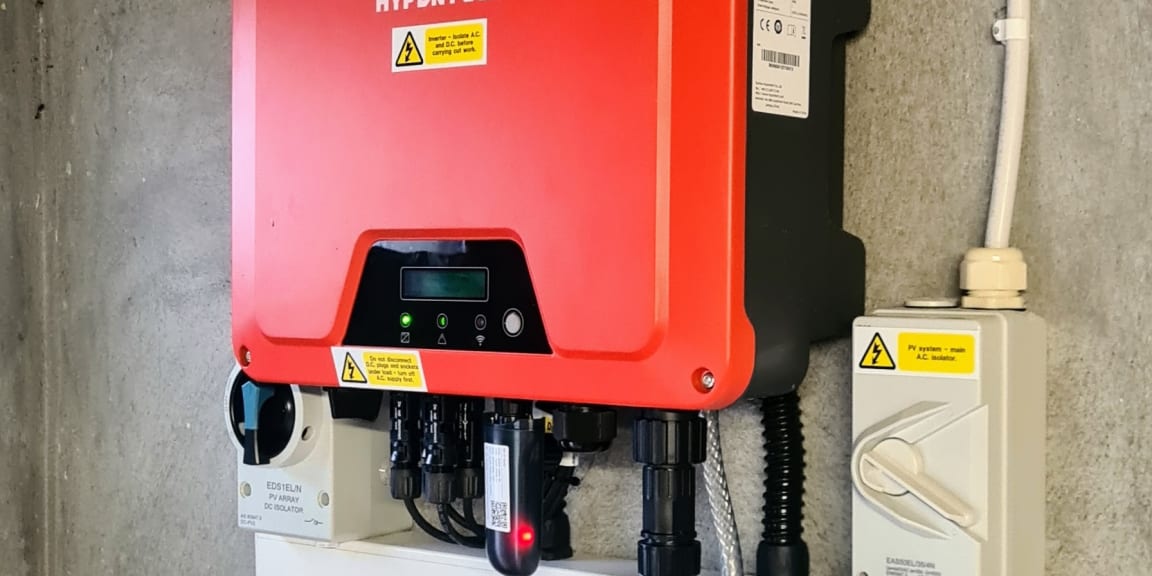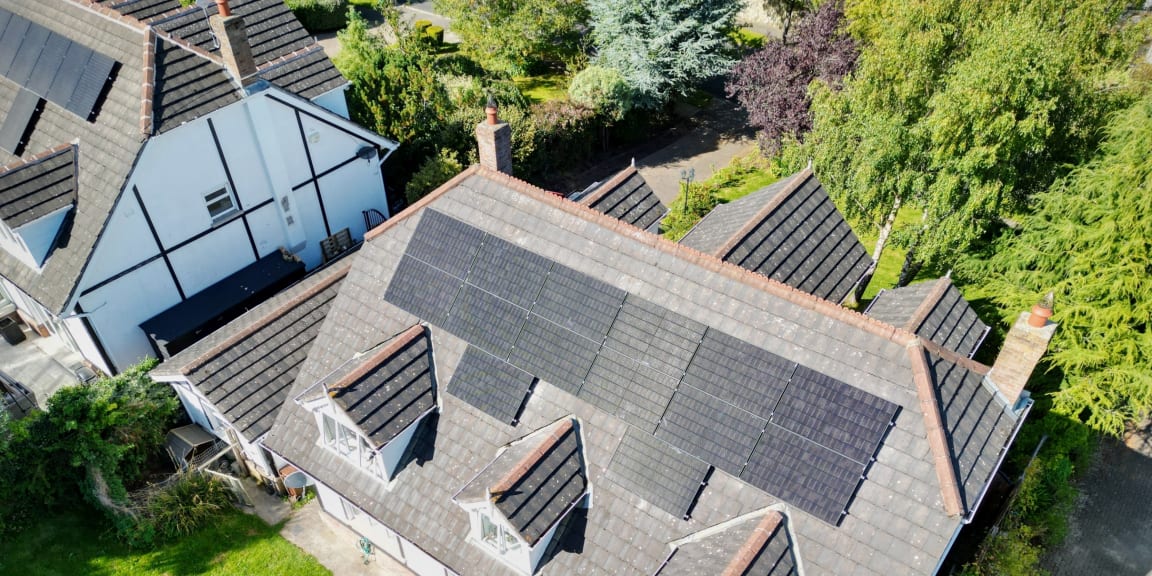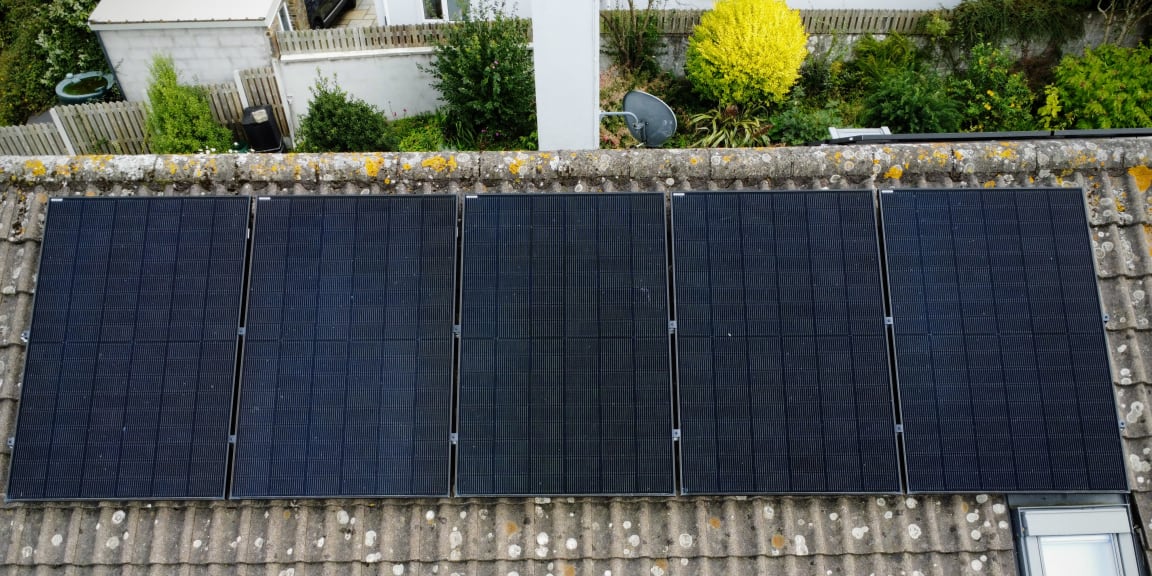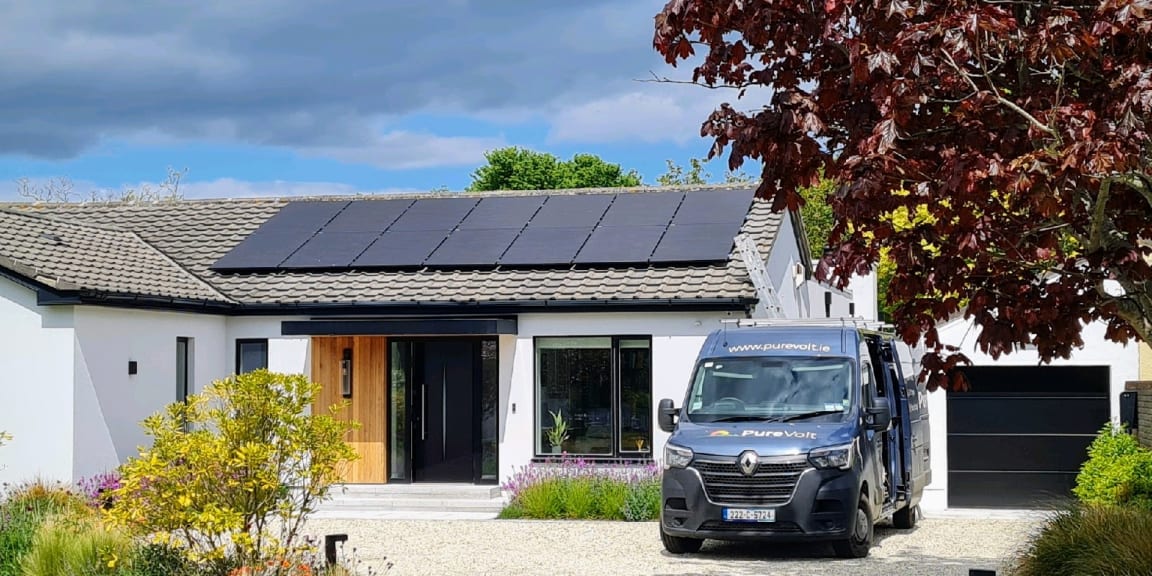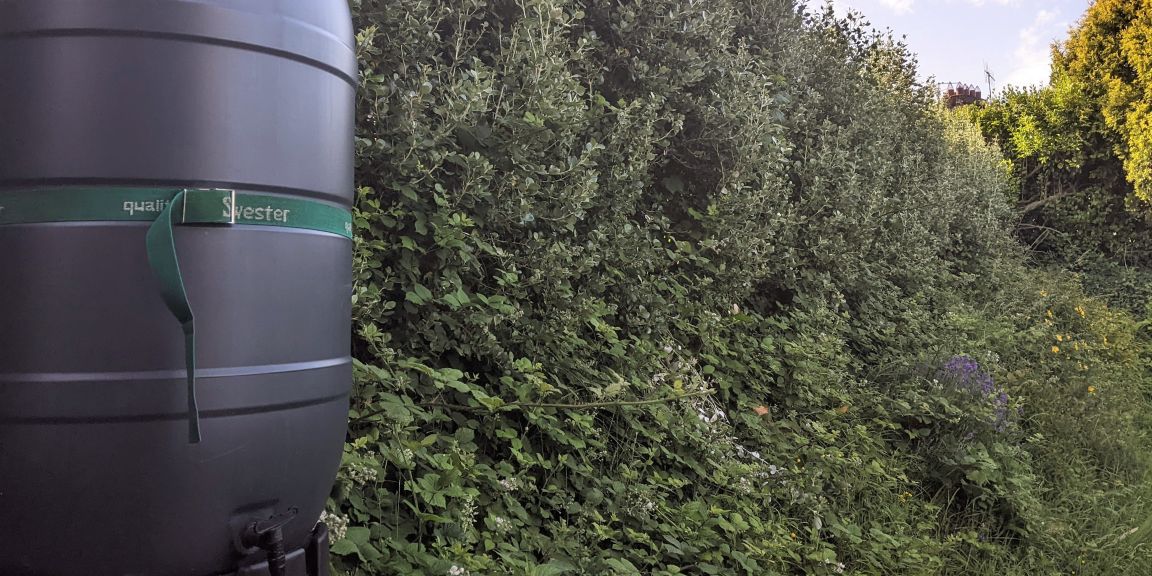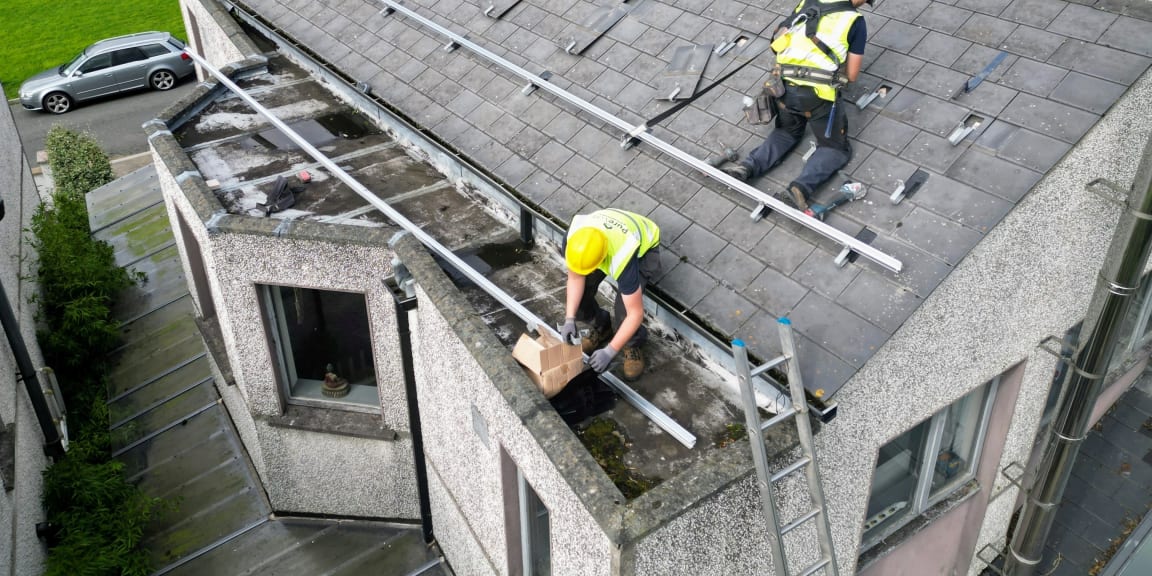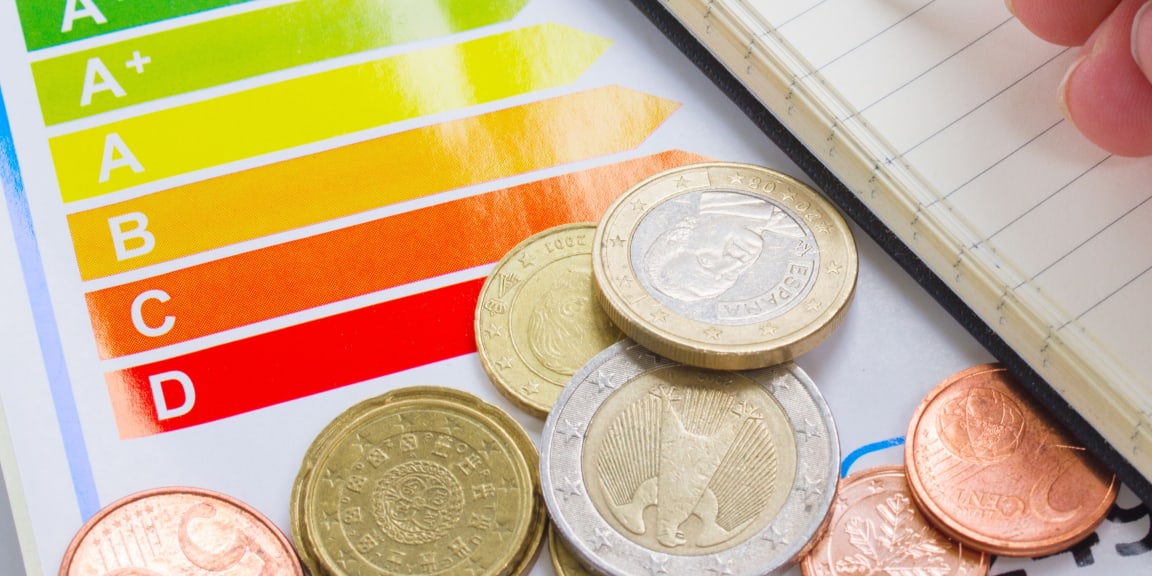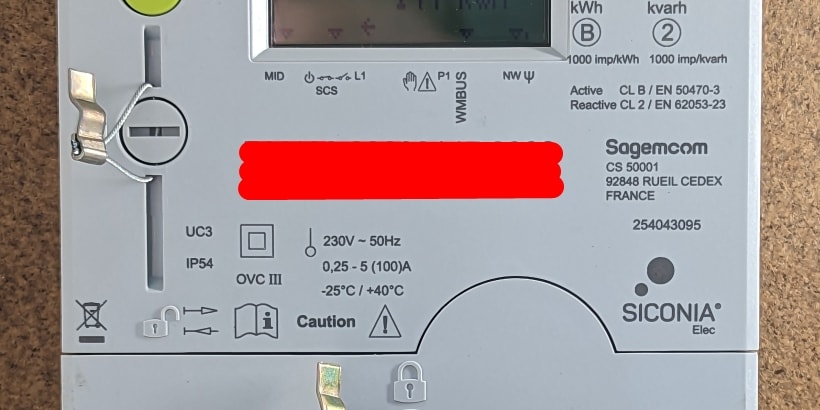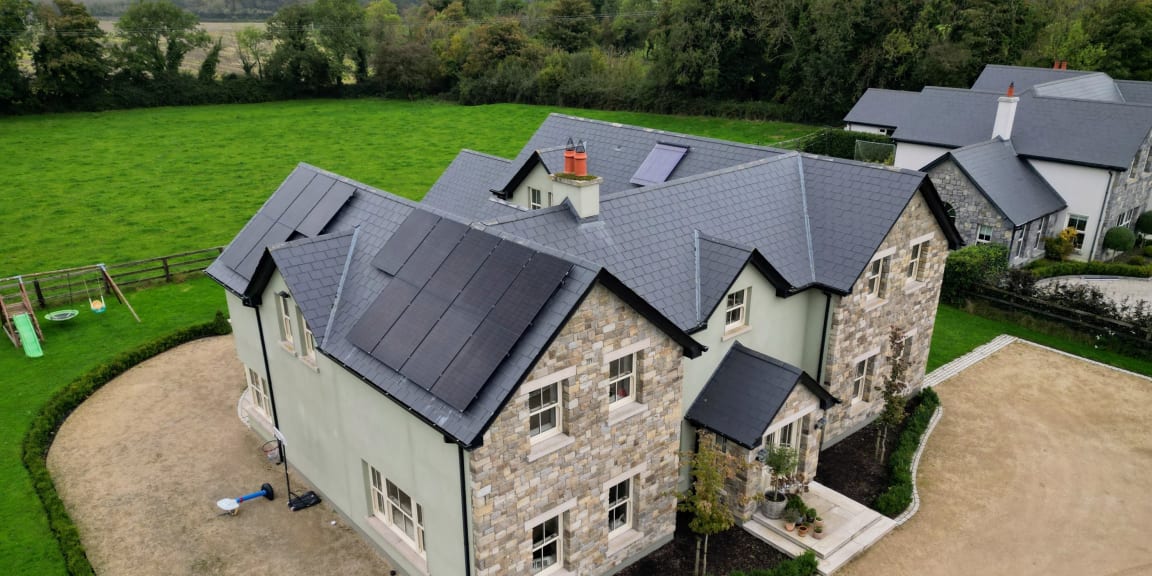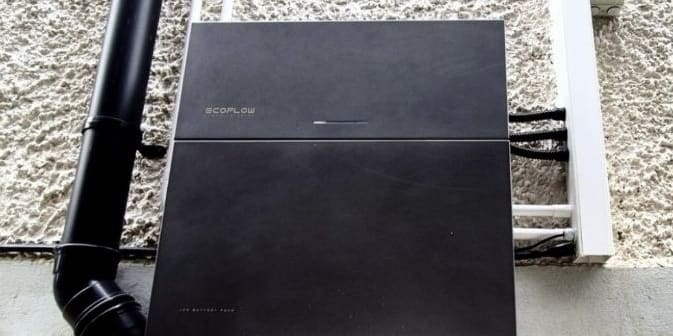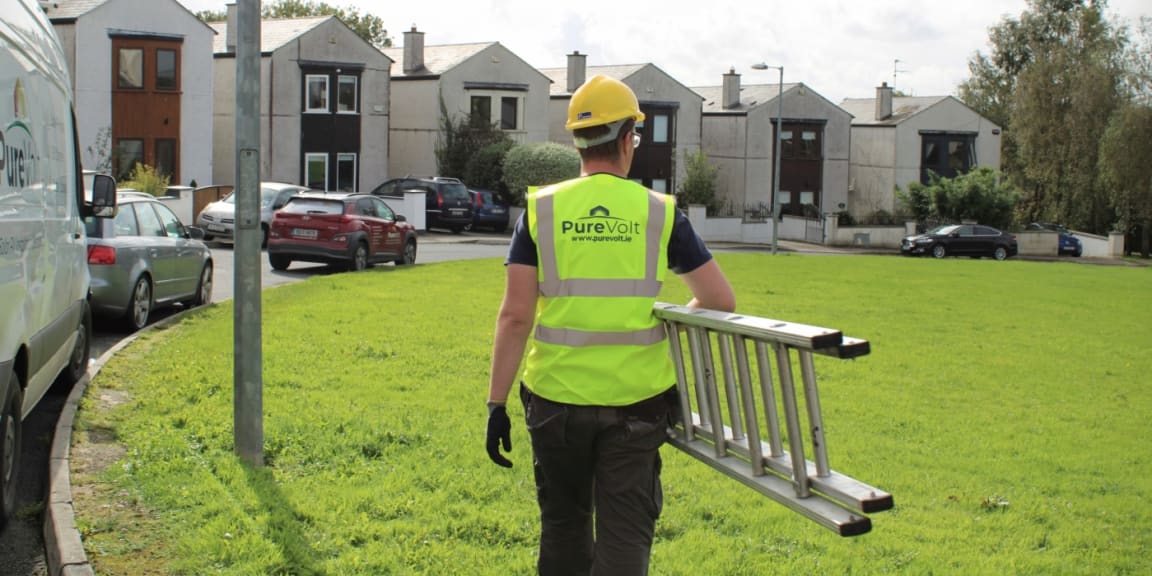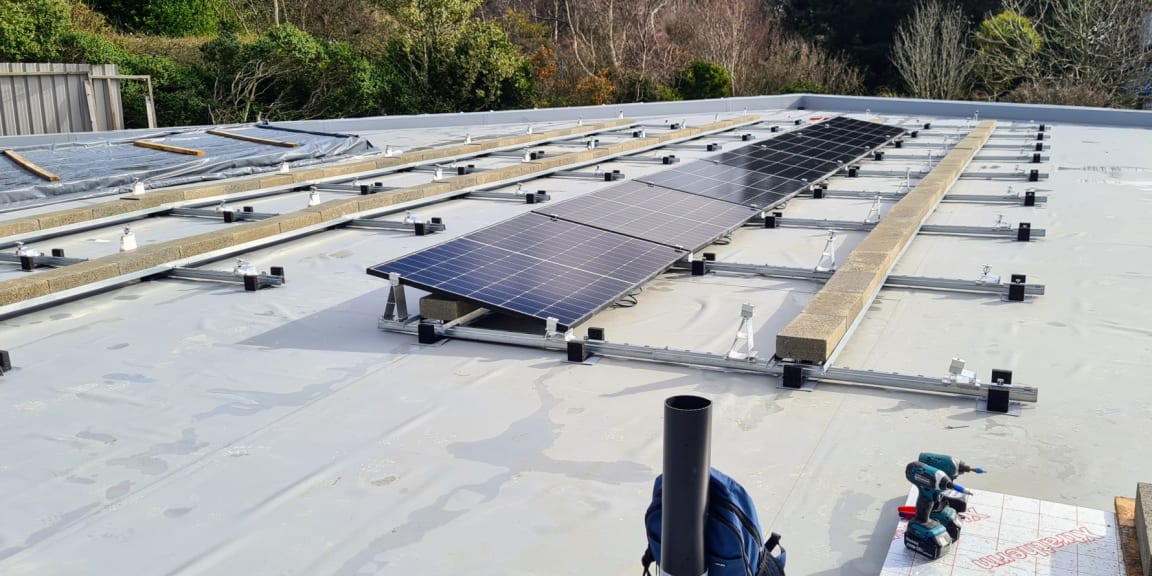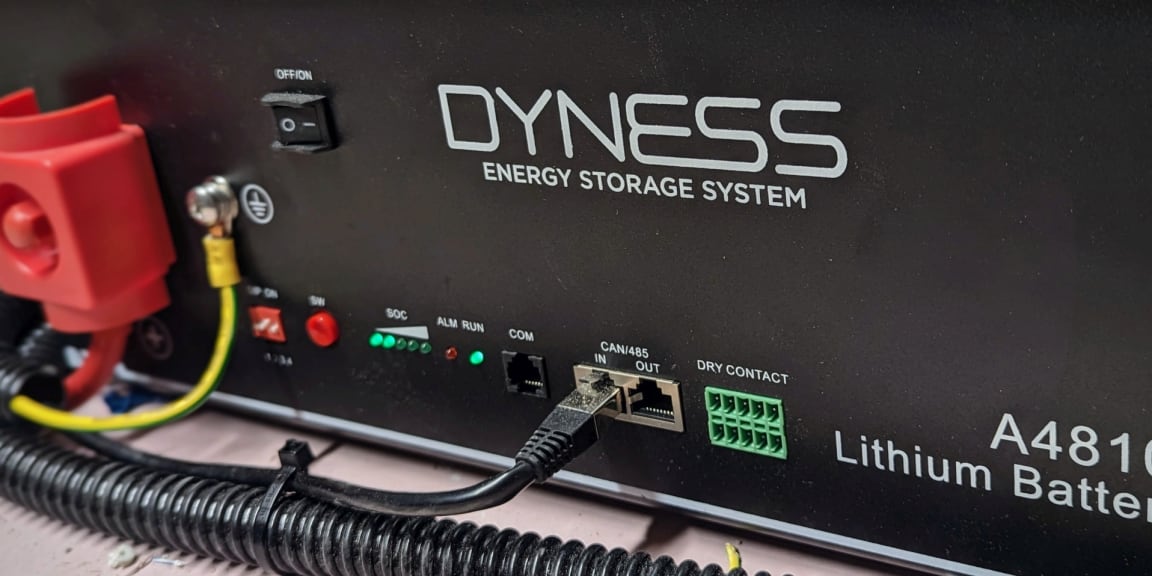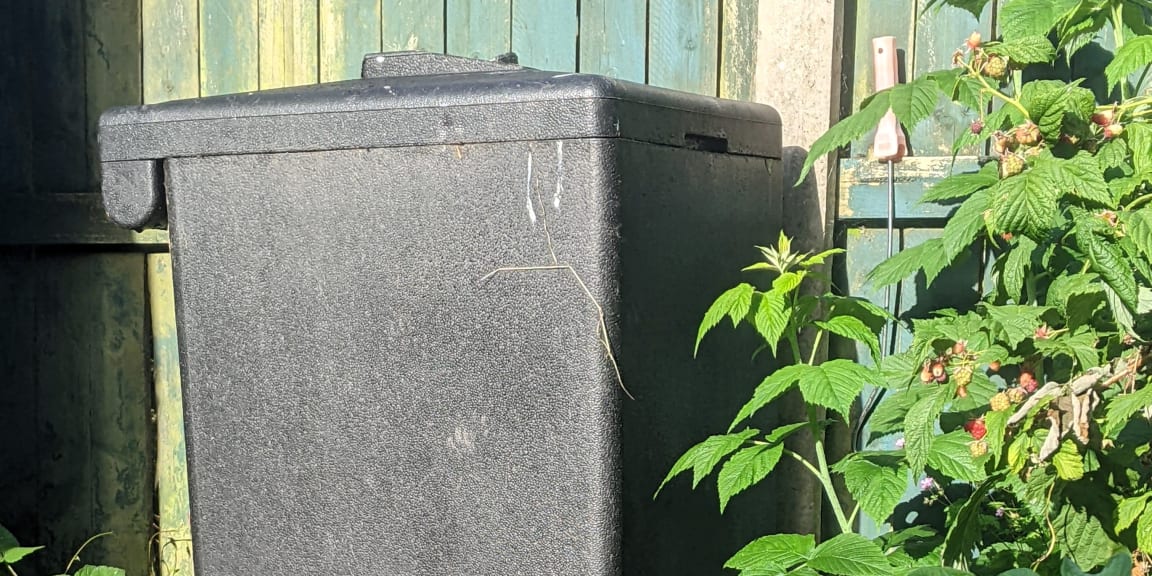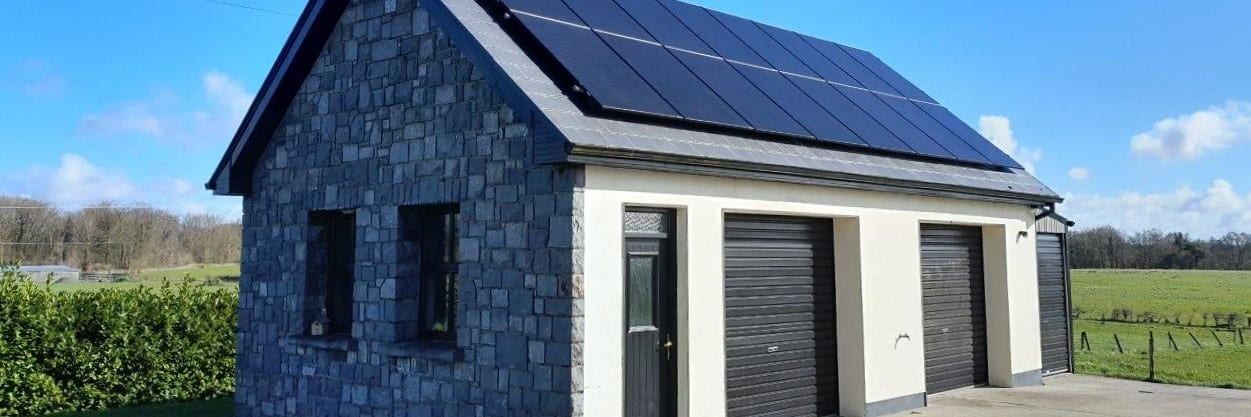
How much do solar panels Ireland cost?
The cost of solar panels in Ireland And how much can solar save you long term?
For a typical household, solar panels cost roughly €7,000 to €10,000. This takes into account the government grant of up to €1,800. Prices vary depending on how many panels you need, whether you're adding a solar storage battery etc. The quick calculator below will give you a better idea of what you might expect to pay for your own PV installation.
For most people, a solar PV system will pay for itself in 5-6 years. After that, it's free electricity all the way. An average household in Ireland can meet 75-100% of its electricity usage just from solar panels, though a solar battery may be needed to reach these numbers especially if you're usually out during the daytime.
This page breaks down the typical prices you're likely to pay for solar panels in Ireland in 2026, plus the expected payback period, electricity generated, carbon footprint reduction and more.
A typical price is
System pays for itself in
Typical power generation
Estimating your house size
If you decide to get a solar quote, we will do various calculations to determine exactly how many solar panels you could add to your roof. By contrast, this simple cost calculator is less accurate — giving just a ballpark idea of the price. So the number of bedrooms is an easy way for us to estimate the rough size of your roof and therefore how many panels you could add to your solar array. Want more precise figures? Use our full solar costs and savings calculator...
Battery storage
A solar storage battery is basically a very large rechargeable battery. Big enough electricity to charge your mobile phone 2000 times or do about six full loads of washing. When your solar panels generate more electricity than you're using in that moment, the excess power can be stored in a solar battery. Later, when your solar panels aren't producing enough electricity to meet your needs, the battery provides the additional power to your home. More about solar batteries...
Grant application year
The Irish government provides grant support to reduce the cost of adding solar panels to your home. But they want to incentivise people to do this sooner rather than later. So, every year, the amount of government support goes down. The maximum grant support in 2025 is €1,800. Find out more about solar grants...
Am I eligible for a grant?
97% of our domestic solar installations receive the SEAI solar grant. To qualify, the below conditions must be met.
- The property where the solar PV system is installed must be a private residence.
- The applicant must be the owner of the existing home.
- The property must have been built and occupied on or before the 31st of December 2020. The construction date of your house is determined by the installation date of your electricity meter.
- Each property can only claim the PV solar grant once. However, if you move, you can claim it again at your new home. (Assuming it doesn't already have PV panels installed).
- Use an SEAI registered solar company (we are a registered company)
- Use newly fitted materials and products and have work done that meets the SEAI's required standards
- Obtain a BER assessment once the work is completed using a BER assessor from SEAI's National Register.
Try our more detailed calculator
If you're looking for more accurate numbers, then you might want to try our more detailed solar calculator. This will help you see how many panels might fit on your roof, the units of electricity per year you might generate, and even what effect roof angle has on output.
Two-bedroom terraced house
Here are the solar costs and performance numbers for a typical two-bedroom mid-terrace house in the midlands of Ireland. We've assumed that a property of this type can fit a 3.52 kWp (kilowatts peak) system on its roof.
Cost for this example house: €5,891
That's made up of a solar PV system price of €7,871, less the SEAI grant of €1,980.
Array size: 3.52 kWp
That's 8 x 440Wp panels, totalling 16.9 m2, which covers most of the south-facing roof.
Generation: 3,063 kWh / year
The units of electricity generated per year.
Payback: 6 years, 4 months
Your system will have paid for itself in 6 years, 4 months, then it's free electricity from then on. It's like a bank account paying 11.6% in interest every year.
CO2 saved: 1,057 kg / year
That's the same as 8,131 kms of driving, or 1.3 flights from DUB (Ireland) to JFK (New York).
Download example quote
Download the two-bedroom terraced house example quote here (with solar battery included) or here (without the battery).
Three-bedroom semi-detached house
Here are the solar costs and performance numbers for a typical three-bedroom semi-detached / end-of-terrace house in the midlands of Ireland. We've assumed that a property of this type can fit a 4.4 kWp (kilowatts peak) system on its roof.
Cost for this example house: €6,145
That's made up of a solar PV system price of €8,245, less the SEAI grant of €2,100.
Array size: 4.4 kWp
That's 10 x 440Wp panels, totalling 21.2 m2, which covers most of the south-facing roof.
Generation: 3,848 kWh / year
The units of electricity generated per year.
Payback: 5 years, 6 months
Your system will have paid for itself in 5 years, 6 months, then it's free electricity from then on. It's like a bank account paying 13.4% in interest every year.
CO2 saved: 1,328 kg / year
That's the same as 10,215 kms of driving, or 1.6 flights from DUB (Ireland) to JFK (New York).
Download example quote
Download the three-bedroom semi-detached house example quote here (with solar battery included) or here (without the battery).
Four-bedroom stand-alone house
Here are the solar costs and performance numbers for a typical four-bedroom stand-alone house in the midlands of Ireland. We've assumed that a property of this type can fit a 5.28 kWp (kilowatts peak) system on its roof.
Cost for this example house: €6,565
That's made up of a solar PV system price of €8,665, less the SEAI grant of €2,100.
Array size: 5.28 kWp
That's 12 x 440Wp panels, totalling 25.4 m2, which covers most of the south-facing roof.
Generation: 4,874 kWh / year
The units of electricity generated per year.
Payback: 5 years, 1 month
Your system will have paid for itself in 5 years, 1 month, then it's free electricity from then on. It's like a bank account paying 14.6% in interest every year.
CO2 saved: 1,682 kg / year
That's the same as 12,938 kms of driving, or 2 flights from DUB (Ireland) to JFK (New York).
Download example quote
Download the four-bedroom stand-alone house example quote here (with solar battery included) or here (without the battery).
Six-bedroom stand-alone house
Here are the solar costs and performance numbers for a typical six-bedroom stand-alone house in the midlands of Ireland. We've assumed that a property of this type can fit a 7.04 kWp (kilowatts peak) system on its roof.
Cost for this example house: €7,338
That's made up of a solar PV system price of €9,438, less the SEAI grant of €2,100.
Array size: 7.04 kWp
That's 16 x 440Wp panels, totalling 33.8 m2, which covers most of the south-facing roof.
Generation: 6,098 kWh / year
The units of electricity generated per year.
Payback: 4 years, 7 months
Your system will have paid for itself in 4 years, 7 months, then it's free electricity from then on. It's like a bank account paying 16.3% in interest every year.
CO2 saved: 2,104 kg / year
That's the same as 16,185 kms of driving, or 2.5 flights from DUB (Ireland) to JFK (New York).
Download example quote
Download the six-bedroom stand-alone house example quote here (with solar battery included) or here (without the battery).
How many solar panels do I need?
It's one of the most common questions we're asked: How many solar panels do I need to run my house in Ireland? Well, every house is different and so are the needs of every family. For a very rough guide, the quick calculator above provides an estimate of how many panels typically fit on the roof of various house types. If you're looking for more accurancy, check out our more detailed solar calculator. Here, you can use measurements to calculate how many panels might fit on your roof.
Because you can store any excess in a battery, or simply sell surplus electricity back to the grid, it usually makes most long-term sense to get as many solar panels as you can fit on your roof.
What's the payback period for solar panels?
It typically takes around 5-6 years to recoup the cost of solar panels in Ireland. After that, you can enjoy free electricity for the remaining lifespan of your panels. Most solar panels come with a 25-year warranty, so you should be getting renewable energy from your roof for at least that long. Many solar panels actually last a lot longer than this but, realistically, technology will likely have improved significantly by then and you may be ready to upgrade.
What solar grants are available?
Irish domestic solar grants are awarded by the Sustainable Eneergy Authority of Ireland (SEAI) and is available for private residences where the applicant is the homeowner. The grant can reduce the cost of solar panels in Ireland by 25% or even more, and so it's a gamechanger for a typical family looking to go solar. In 2024, the maximum solar grant amount is €1,800, but that will be going down by €300 to €1,800 at the start of 2025.Find out more in our Irish solar grants guide...
Should I get a solar battery?
Simply put, the need for a solar battery comes down to your household's lifestyle. A solar battery is more suitable and cost-effective for people who are out most of the daytime, as it allows you to make the most of the energy generated while you're away. For people who are out at work during the day, a storage battery will more than pay for itself over the system's lifespan, despite the higher upfront cost. For more information, see our guide to batteries for solar panels.
How many of our customers choose to get a solar battery?
About two thirds of our customers choose to get add battery storage to their solar PV system. For most of those, one solar battery is enough. About 15% of all customers choose to get more than one battery.
How many solar storage batteries have our past customers bought?
What does a solar storage battery cost?
A typical solar storage battery (which can store about 5.1kWh of power) will add around €1,700 - €2,200 to the PV solar panel installation cost.
The example quotes given on this page have been calculated both with and without a battery, showing you how battery storage affects payback period and power usage.
Who would benefit from a battery?
If you're usually away from home during the day when your panels generate most of their electricity, a battery is worth considering as it stores that energy for when you return later. However, if your home is typically occupied during the day, storage becomes less of a priority.
For all homes, they help smooth peaks and troughs. Solar provides steady power, but when you flick on the kettle or turn on the oven, your home's electricity demand suddenly doubles for a short period.
Alternatives to a battery
There are other ways to use excess power generated when you're not home — you can sell your excess electricity to the grid (see our feed-in tariffs guide), overflow to EV car charging, or (less commonly these days) use a hot water diverters. Feel free to get in touch if you'd like to weigh the pros and cons of each solution.
Solar storage battery calculator
We also have a separate solar battery savings calculator, which you can adjust to see if the numbers work for you.
How we did these calculations
The guide prices on this page include both the equipment and installation. Adding a standard-sized solar storage battery (5.3kWh) would increase the price by approximately €1,700 - €2,200. This cost includes the hybrid inverter required to work with the battery.
Let's start with a disclaimer - this is just a rough guide to help you decide if you'd like to investigate getting solar PV panels installed on your house. Each property is unique, so if solar appeals, we would do a unique quote (for free) after visiting the property. That allows us to do a proper system design and calculate accurate numbers for you.
The numbers here are realistic for average domestic solar panel installations in Ireland in 2024. We've not rounded down the prices nor rounded up the production numbers. These represent typical installations of household solar PV systems in Ireland. We hope this information helps you make an informed decision about installing solar panels on your home.
Location: Midlands of Ireland
The location doesn't make a huge difference to solar output in Ireland, though we take your exact location into account when doing custom quotes.
House and roof access: simple
We've assumed there's no complexity to accessing the property or roof.
Roof: south-facing, average slope (~30°)
If your roof faces south-east, or south-west, the production would be about 5% lower. If your roof faces east or west, production would be about 20% lower. Please note though, that there are some benefits to east / west-facing solar panels as their production matches standard consumption patterns - the panels generate in the morning and evening, when more electricity tends to be consumed, so you might not need a battery and might get to use more of your electricity produced. Just contact us if you'd like to discuss such details.
We'd not recommend PV solar in Ireland if your roof faces north.
Shading: none
Shading, from surrounding obstacles such as trees in neighbouring properties, or large chimneys on your house, can impact solar production. We have assumed there is no shading for these numbers.
Electricity Consumption: standard
We have also assumed a typical usage pattern, with some activity during weekdays and the property being occupied most weekends.
Hot-water diverter: none
Another use of excess electricity is to heat your hot water via an immersion heater. Generally, we don't recommend these any more. Since the advent of smart meter tariff plans, they no longer make financial sense for more people. More about hot water diverters.
Electricity Supplier and Tariff: Energia Urban Smart Meter
We have calculated using the Energia Urban Smart Meter tariff. This is a great rate for those with solar due to the high feed-in tariff payments they give you.
Feed-in tariff: Pinergy - 25 cents / kWh
Feed-in tariffs were implemented in Ireland in 2022. Officially, they are called the Clean Export Guarantee (CEG) tariff. This is where you get paid for any excess electricity that you export back to the national grid.
Each electricity supplier sets their own rates, with Pinergy (25 cents / kWh), Energia (20 cents / kWh), and Flogas (20 cents / kWh) being the best at the time of writing (January 2025).
Find out more about Solar Feed-in Tariffs in Ireland (CEG tariff).
How accurate are our predictions and forecasts?
In our proposals, as well as those from our competitors, you'll find detailed information, including predictions for potential electricity generation and financial savings. Generation, in particular, is required by the SEAI (the people who give out the grants), so you should find that on every quote you get.
We want to clarify the assumptions made so you know the amount of salt you need to add to the various figures.
Electricity Production Figures
Although production figures are only ever indicative, you can expect them to provide a reasonable guide. We do have to make a lot of assumptions here, and factors such as weather and shading are two variables that can affect your end output quite a bit. That said, we include a lot in the predictions that are specific to your home — the exact panel type, your location in the country (further north means less sun, we take that into account), the angle of your roof, the direction the panels are facing, typical inverter losses and more. So, they'll never be exact, but they should be in the right ballpark.
Financial savings
These are more speculative. There's a huge amount of assumptions we have to make, and your case may differ very significantly. So take these figures with a good dose of caution, they're notoriously hard to predict with total accuracy.
One of the main issues is usage patterns vs. generation patterns. With smart meters, electricity prices vary hugely throughout the day. Your patterns of generation and usage might mean that you are offsetting a large quantity of peak-rate units — great for you, as you are making a big saving. Your neighbour, with the same system, might be offsetting mainly low-rate units, so their savings could be a fraction of yours.
Financial savings on batteries
Here you have the greatest influence through which tariff you are on, and how you use your set-up. A "night boost" unit might be ¼ of the price of a normal day unit. So, someone who opts for those tariffs with their utility supplier, who then uses their battery to charge up every night at those super cheap rates, suddenly gets more than double the financial gain from their battery.
As always, we are only too happy to help — if you have questions about how to set up and use your system for the most financial benefit, please just ask.
